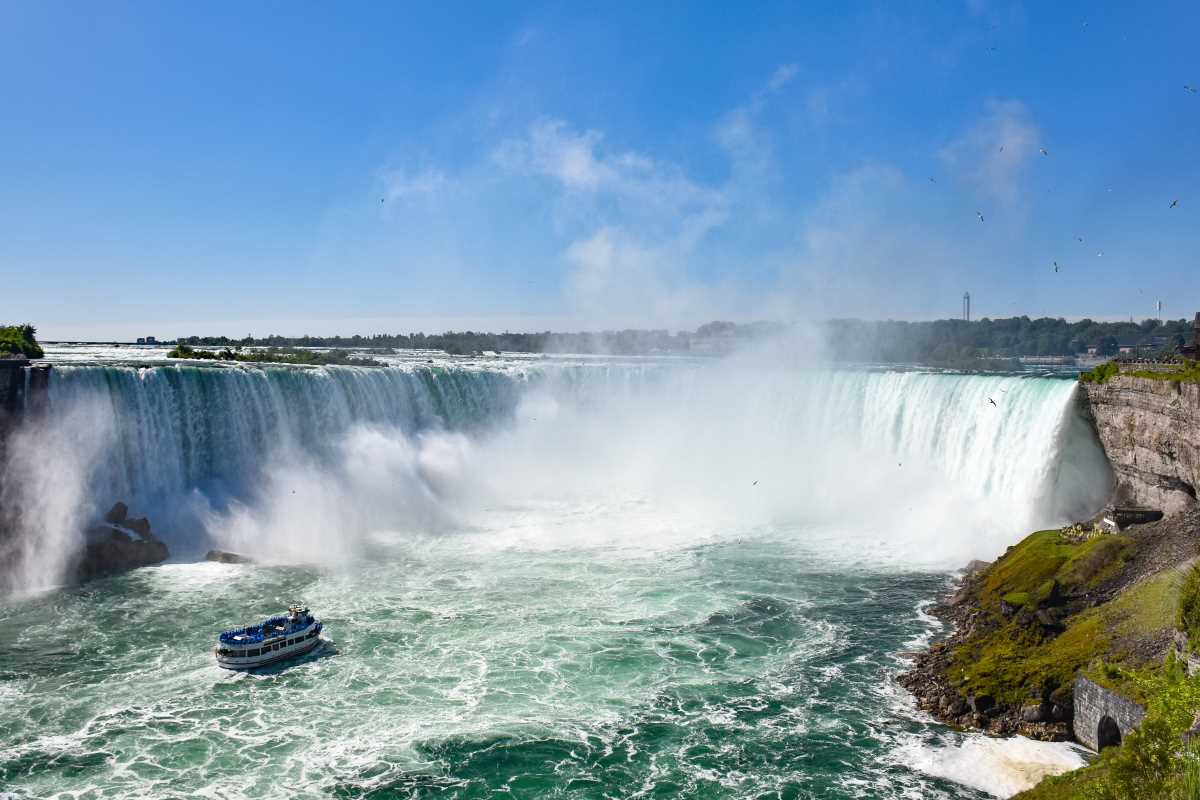Travel is all about the joy of discovery, making memories, and spending quality time with the people you love. But nothing can ruin the vibe faster than a too-crowded attraction or an endless line for tickets. If you’ve ever tried to snap a family photo in front of a famous landmark only to have twenty strangers photobomb you, you know the struggle is real. That’s why off-season travel is a game-changer. By planning your trips during quieter times, you can avoid the crowds, save money, and enjoy a more relaxed, intimate travel experience.
Off-season traveling isn’t just for the hardcore adventurers or the hyper-organized. It’s a flexible, family-friendly approach that works for parents juggling time off, budgets, and kids' schedules. Whether you’re a couple sneaking away for some alone time or you’re packing up the kids for a much-needed getaway, traveling off-season opens the door to possibilities you might not have considered before. This guide is packed with tips, benefits, and destination ideas to inspire your next trip and help you enjoy stress-free adventures without the tourist-packed chaos.
Why Travel Off-Season?
Off-season travel means visiting a destination during the time of year when fewer tourists go. This could be the "shoulder season" (just before or after the peak season) or the "low season," when big crowds have completely disappeared. It’s like having exclusive backstage access to a popular spot without the pressure of a million other people bumping into you.
For example, Europe’s peak season is usually summer (June to August), but traveling in the fall (September to November) gets you the same stunning cities, minus the long lines. Meanwhile, beach destinations like the Caribbean are buzzing during the winter months, but heading there in late spring gives you the same warm sands and turquoise waters with fewer people and better prices.
1. Escape the Crowds
The obvious perk of traveling off-season is fewer people. Think of uninterrupted strolls through museums, wide-open beaches where your kids can run wild, and easily snagging a table at a hotspot restaurant. For couples, this means more romantic moments without the chaos of big crowds.
2. Save Money
Hotels, flights, and even attractions tend to be cheaper outside the peak season. Airlines often offer discounted tickets and accommodations to lower their rates to draw in visitors. Family vacations are expensive, and these savings can make a big difference, letting you splurge on activities or food instead.
3. More Availability
Have you tried booking a popular attraction or family-friendly hotel in the middle of summer? Sometimes, it feels impossible. Off-season travel gives you more options. Whether it’s a family suite or a candlelit dinner for two, fewer people chasing the same spots means you’re more likely to get what you want.
4. Discover Local Life
During peak season, many destinations cater to tourists so much that it’s harder to see the real culture. Off-season, you’re more likely to experience the true rhythm of the place. Connecting with locals, eating at smaller family-owned spots, and wandering less tourist-y neighborhoods can all be highlights of your trip.
5. Enjoy Flexible Schedules
Have you ever been on a trip where it felt like you were sprinting from one thing to the next? Off-season adventures can feel more laid-back. There’s space to explore at your own pace without rushing to beat the crowds or “secure your spot.”
Tips for Planning Off-Season
1. Research the Seasons
Every destination has its peak times, low times, and shoulder seasons. Don’t just guess; check online for specific timing. For example, Disney World’s peak is during school breaks, like summer and spring break, but September sees fewer visitors.
2. Plan Around Weather
There’s usually a reason why some seasons are less popular. Make sure you’re ready for the trade-offs. The Caribbean's off-season overlaps with hurricane season, so keeping an eye on weather forecasts or getting travel insurance might be a smart move.
3. Book Ahead, Even in Quiet Times
Fewer people doesn’t mean no people. Popular holiday weekends and events can still attract travelers, even during the off-season. Plan and reserve any activities or accommodations that really matter to you ahead of time.
4. Look for Local Festivals or Events
Sometimes the off-season has hidden perks, like local events that make your trip more memorable. For example, Europe in the fall means fewer tourists, but you might stumble upon Oktoberfest in Germany or grape harvest festivals in Italy.
5. Pack Smart
Off-season might mean unpredictable weather, so plan to layer up or pack gear to stay dry, depending on the destination.
6. Be Flexible
Off-season travel is all about the “go with the flow” vibe. Some attractions may have shorter hours or limited availability, and the weather might throw you curve balls. Focus on enjoying the unique experience rather than stressing over closed doors.
Top Off-Season Destinations
1. The Alps in Summer
The Alps are famous for skiing, but the summer off-season offers lush green landscapes, hiking trails, and cozy mountain villages that’ll make you swoon. Perfect for couples or active families.
2. Disney World in the Fall
Skip the spring breaks and summer crush by visiting Disney after school starts back up. September offers shorter lines, easier dining reservations, and cooler weather without losing any of the magic.
3. Hawaii in the Shoulder Season
Hawaii’s off-seasons, like early fall or late spring, mean less crowded beaches and a better chance to snag deals on flights and hotels. The islands are still just as stunning, and you’ll avoid peak-season chaos.
4. Europe in Late Fall or Winter
Paris minus the summer crowds? Magical. Imagine exploring Rome’s Colosseum or London’s museums without dealing with shoulder-to-shoulder tourists. Winter also brings Christmas markets and a cozy, festive vibe.
5. The Caribbean in Late Spring
April or May brings lower rates to many Caribbean islands, and you’ll still get plenty of sunshine and warm weather before hurricane season kicks in.
6. National Parks in the Off-Months
Skip the summer crowds in parks like Yellowstone or Yosemite by visiting in spring or fall. Cooler temperatures and quieter trails make exploring much more enjoyable. Bonus tip? Many parks are beautiful (and almost deserted!) in winter.







